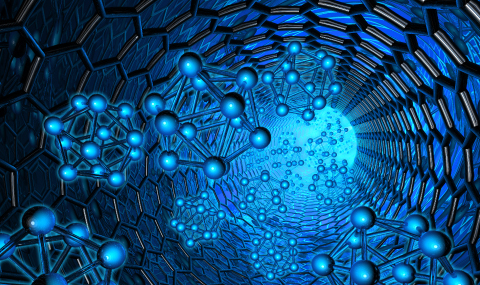Gamma-ray and fast-neutron imaging technologies are currently applied for investigating the content of aviation- and marine-cargo containers, trucks and nuclear waste containers. An inspection system concept featuring both Dual-Discrete-Energy Gamma Radiography (DDEGR) and Fast-Neutron Resonance Radiography (FNRR) would combine the capability of low-Z objects detection and elemental identification with high-Z objects selectivity. This requires radiation sources, emitting intense fast-neutrons and gamma-rays as well as an efficient imaging detector for both types of radiation. A suitable source is the one based on the 11B(d, n; γ)12C reaction, with 3-7 MeV deuterons interacting with a thick 11B target. In addition to the two discrete gamma rays (4.4 MeV and 15.1 MeV) the reaction yields a broad spectrum of fast neutrons (6 MeV deuterons yield an almost continuous neutron spectrum, with energies of up to ~18 MeV). Our efforts are focused on the development of a suitable, cost-effective, large-area robust detector concept, capable of simultaneous detection of gamma-rays and fast neutrons within the same detection medium. Gamma-ray spectroscopy is performed by pulse-height analysis, while fast-neutron spectroscopy and neutron/gamma discrimination is done by time-of-flight (TOF).
Our new detector concept comprises an efficient, fast, liquid-xenon (LXe) converter-scintillator contained within Tefzel-made capillaries, coupled through a window to a UV-sensitive gaseous imaging photomultiplier (GPM). The GPM, operating at cryogenic temperatures, incorporates a cascaded structure of Thick Gas Electron Multiplier (THGEM) with a CsI UV-sensitive photocathode deposited on the first electrode. The imaging properties of the LXe/GPM detectors have been investigated with gamma and neutron sources; the R&D will continue with intense accelerator beams.


